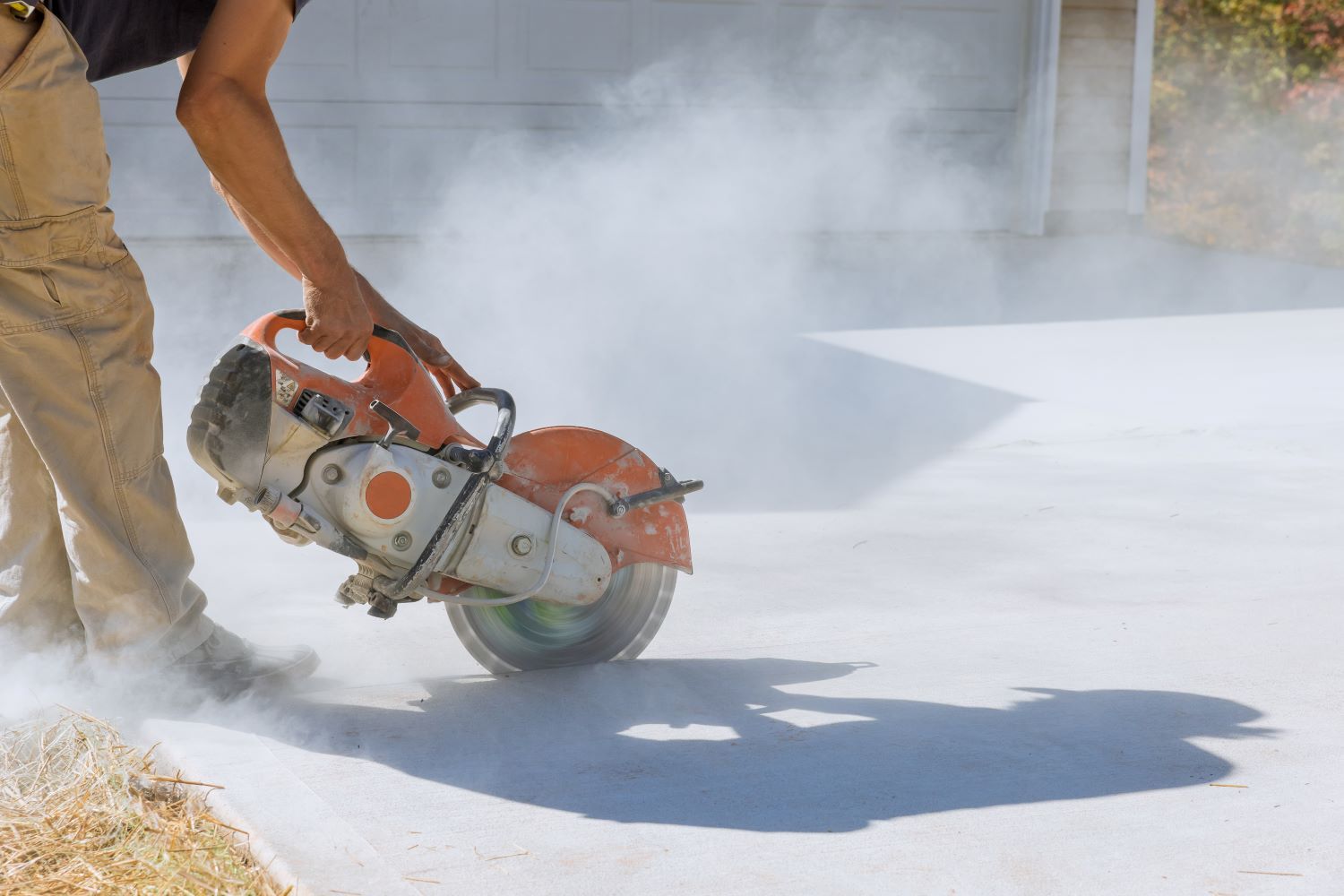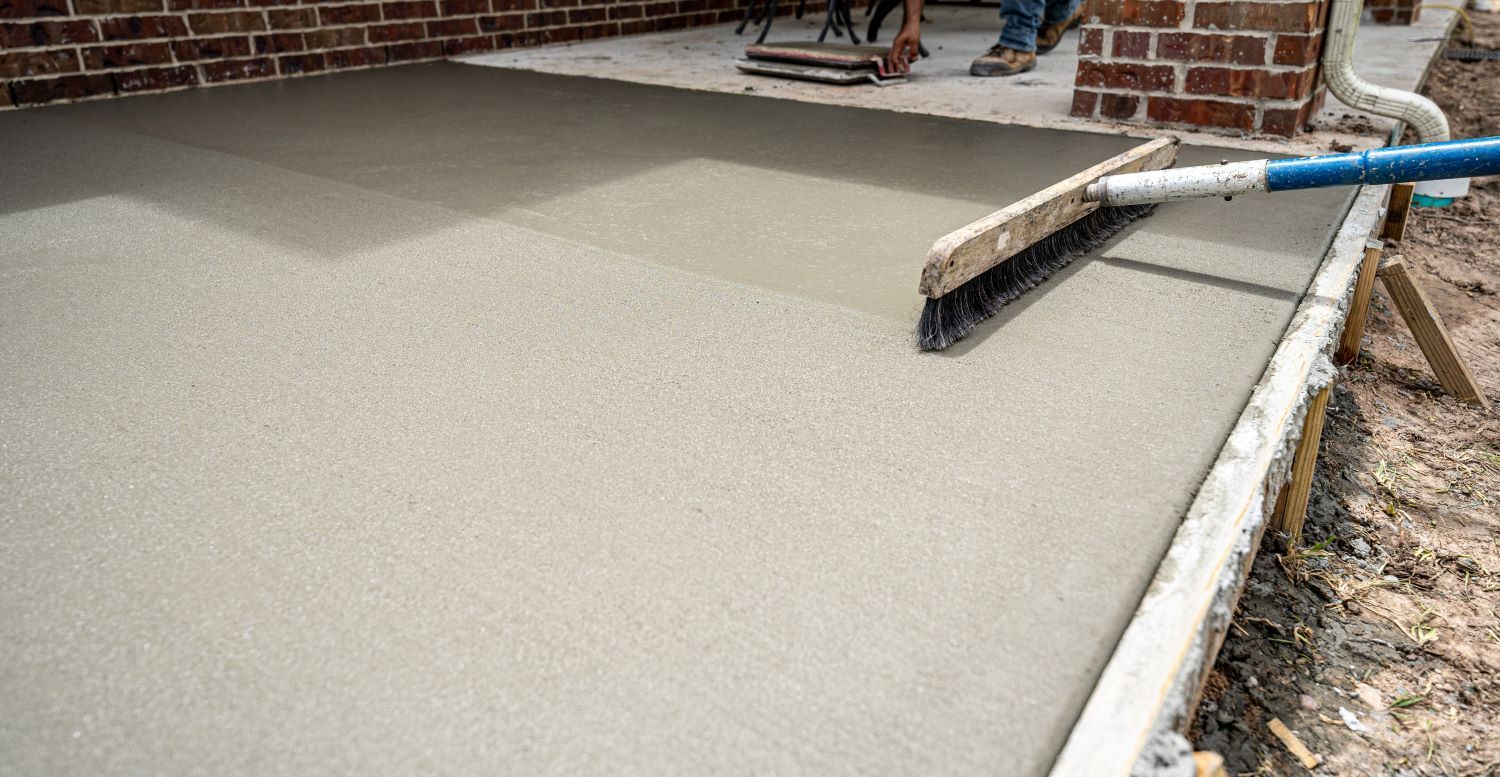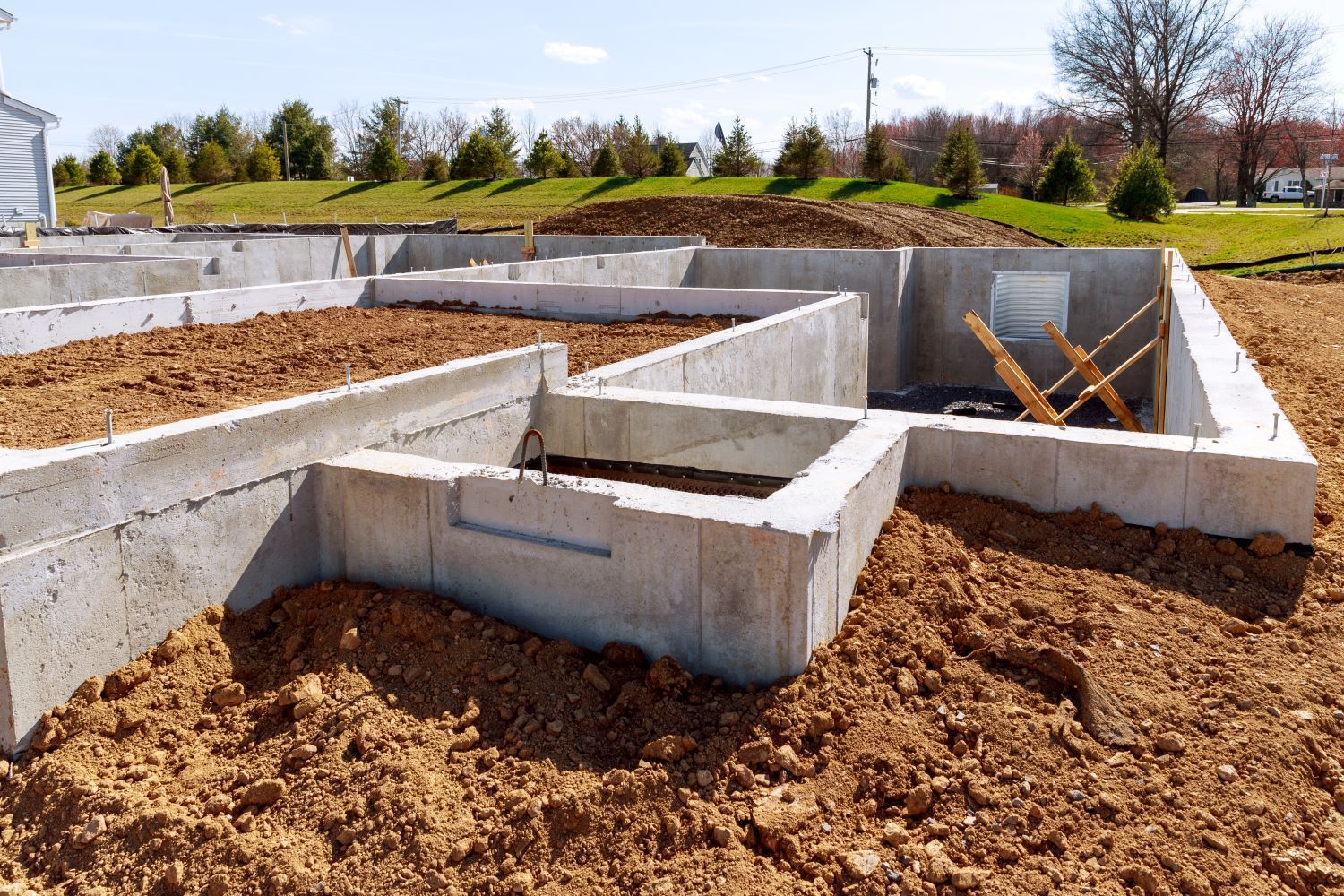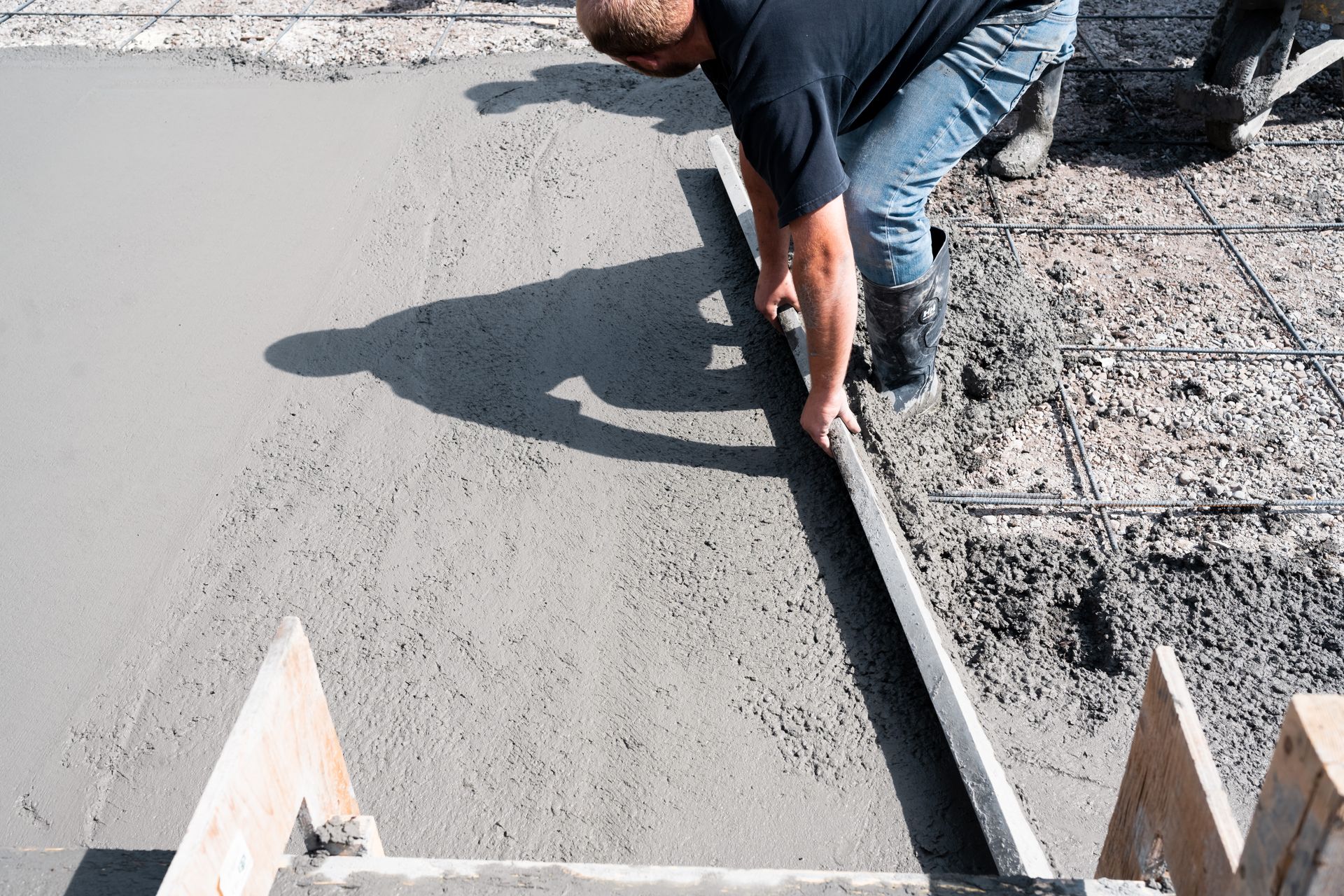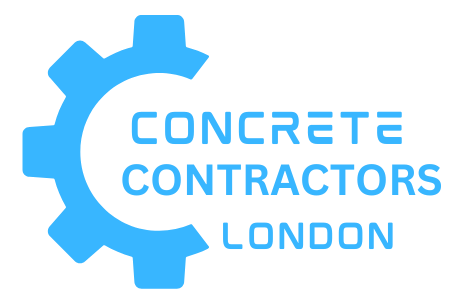Exploring the Three Types of Concrete
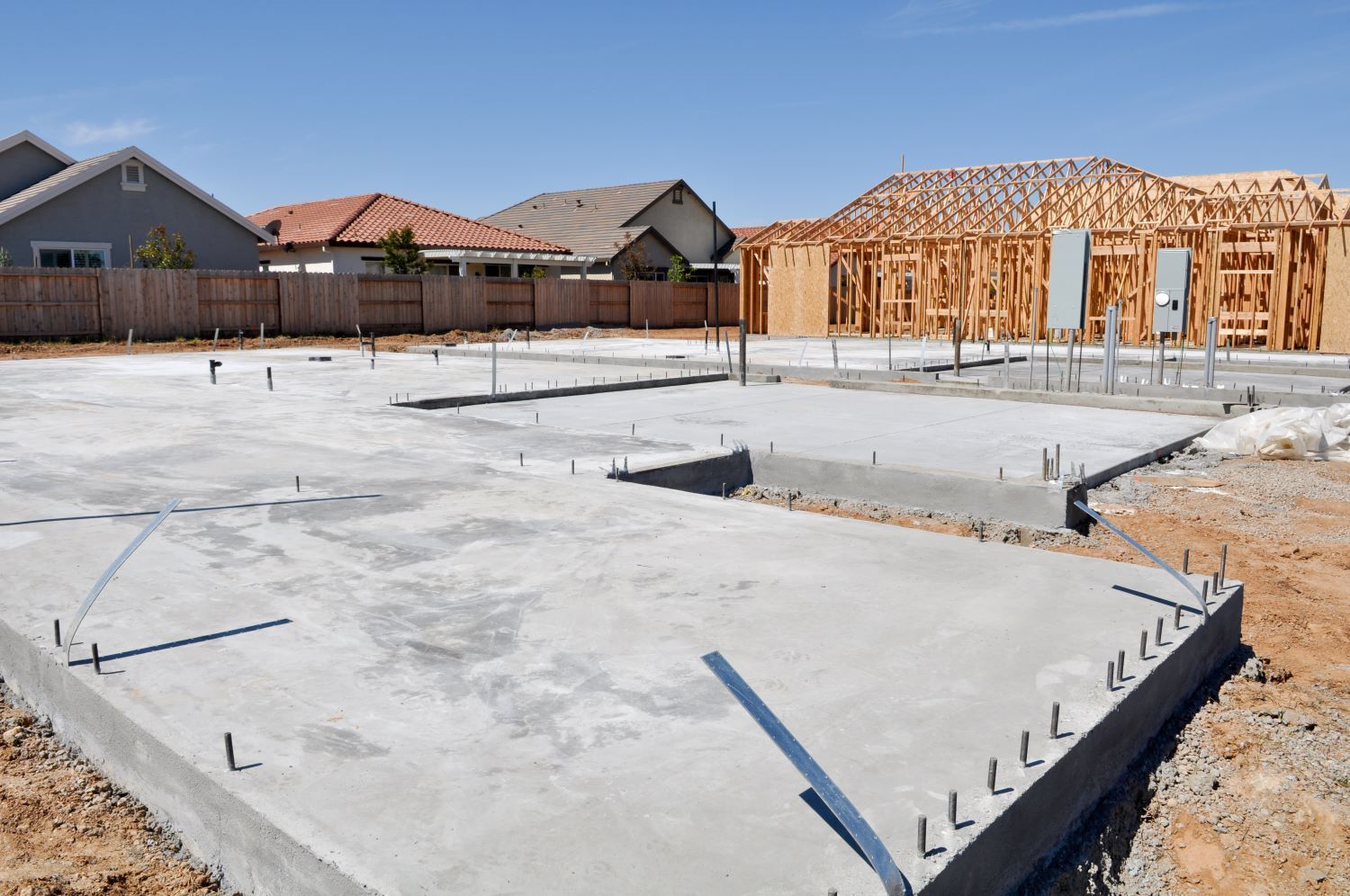
Concrete is a versatile and durable building material used in various construction projects, from sidewalks and driveways to buildings and bridges. As one of the most widely used construction materials globally, concrete offers different types tailored to specific applications and requirements. In this article, we'll delve into the three primary types of concrete used in construction and their distinct characteristics.
1. Normal Strength Concrete:
Normal strength concrete, also known as ordinary or traditional concrete, is the most commonly used type of concrete. It consists of a mixture of cement, water, aggregates (such as sand, gravel, or crushed stone), and sometimes additives or admixtures to enhance specific properties. Normal strength concrete typically has a compressive strength ranging from 2,500 to 6,000 pounds per square inch (psi).
Key Features:
- Versatility: Normal strength concrete is suitable for a wide range of construction applications, including residential buildings, pavements, and foundations.
- Cost-Effectiveness: It is relatively affordable compared to higher-strength concrete mixes, making it a preferred choice for many construction projects.
- Workability: Normal strength concrete offers good workability and can be easily molded into different shapes and forms.
2. High-Strength Concrete:
High-strength concrete is engineered to have higher compressive strength than normal strength concrete, typically ranging from 6,000 to 14,000 psi or even higher. This type of concrete is formulated with a lower water-cement ratio, additional cementitious materials, and sometimes special aggregates to achieve enhanced strength properties.
Key Features:
- Enhanced Strength: High-strength concrete is capable of withstanding heavier loads and higher stress levels, making it suitable for structural elements like columns, beams, and bridge decks.
- Reduced Member Size: Its superior strength allows for the design of slimmer structural members, contributing to more efficient and cost-effective construction.
- Durability: High-strength concrete exhibits improved resistance to abrasion, impact, and weathering, ensuring long-term structural integrity and performance.
3. Lightweight Concrete:
Lightweight concrete is formulated to have a lower density than traditional concrete, achieved by incorporating lightweight aggregates or air-entraining admixtures into the mix. This type of concrete offers reduced weight while maintaining adequate strength properties, making it suitable for applications where weight is a concern.
Key Features:
- Reduced Weight: Lightweight concrete is significantly lighter than normal or high-strength concrete, making it ideal for applications where weight reduction is desired, such as in precast panels, roof decks, and insulation fill.
- Thermal Insulation: Its lower density provides inherent thermal insulation properties, contributing to energy efficiency in buildings and structures.
- Ease of Handling: Due to its reduced weight, lightweight concrete is easier to transport, handle, and place on construction sites, resulting in faster and more efficient construction processes.
Conclusion:
Understanding the different types of concrete is crucial for selecting the appropriate mix for various construction projects. Whether it's normal strength concrete for general applications, high-strength concrete for heavy-duty structural elements, or lightweight concrete for weight-sensitive projects, partnering with experienced contractors like Concrete Contractors London ensures the successful execution of construction projects with the right concrete mix for optimal performance and durability.
